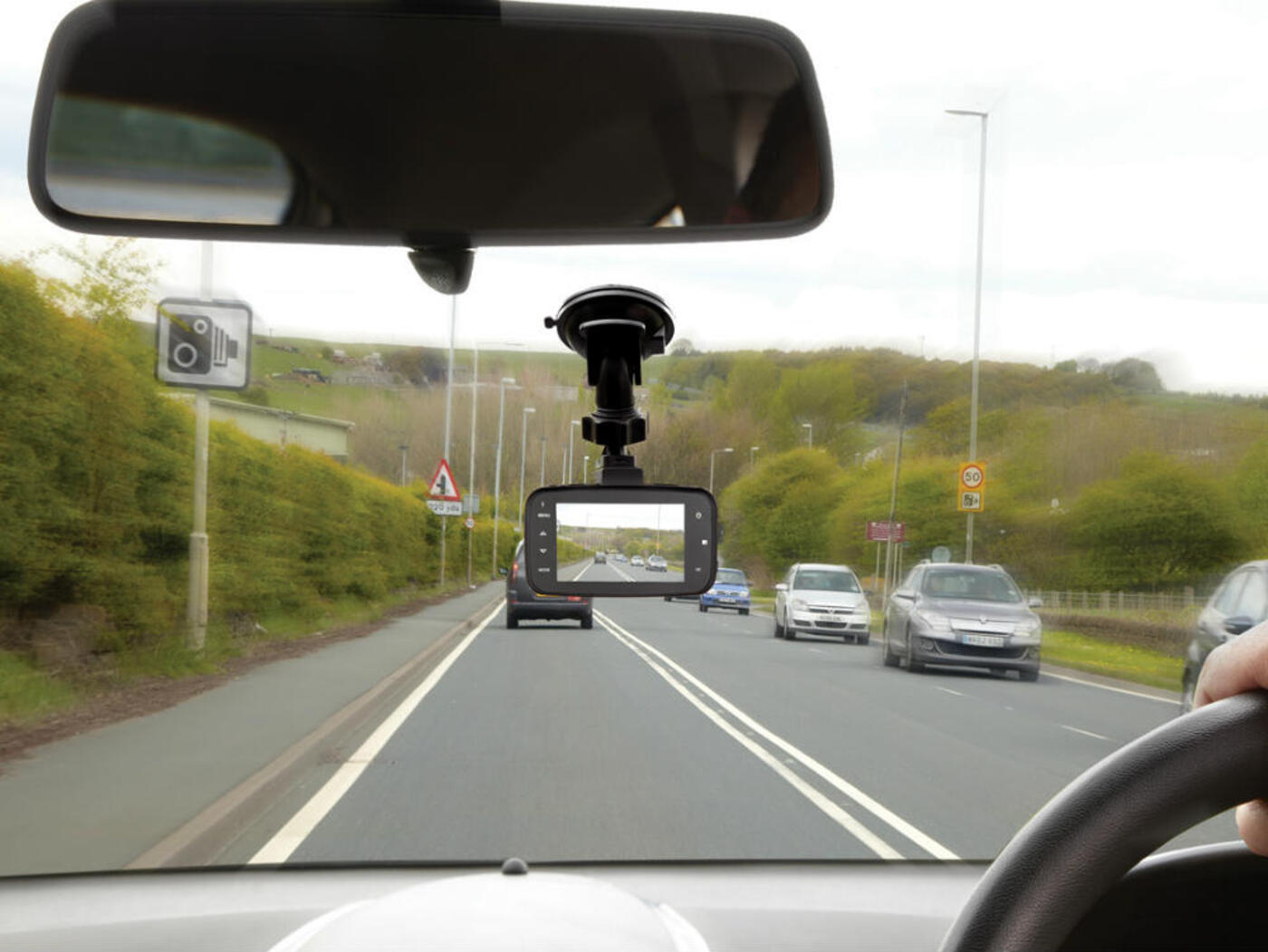Dash cameras, also known as dash cams, have become increasingly popular tools for drivers across the United States. These small cameras record video footage of the road ahead, providing valuable evidence in case of accidents. Idaho, known for its stunning landscapes and popular road trips, is no exception to this trend. However, it’s important for drivers in the Gem State to understand the regulations surrounding dash cam usage to ensure they’re operating legally and effectively.
Benefits of Dash Cams in Idaho
There are numerous benefits to using a dash cam while driving in Idaho. Firstly, dash cam footage can serve as crucial evidence in the aftermath of an accident. In a state where scenic drives are a popular activity, capturing clear video of the surrounding environment can help establish fault and protect yourself from false accusations. Local news reports have documented instances where dash cam footage has been instrumental in Idaho court cases, helping exonerate drivers or hold those responsible accountable.
Beyond accident scenarios, dash cams can also deter insurance fraud. Unfortunately, staged accidents are not unheard of, and having a dash cam can discourage such attempts. Furthermore, dash cam footage can be a valuable tool for capturing the beauty of Idaho’s natural wonders during road trips, providing a lasting record of your adventures.
Legal Landscape in Idaho
While the use of dash cams is becoming increasingly common, it’s important to note that Idaho, like many states, doesn’t have specific laws directly addressing dash cams themselves. However, there are general traffic laws that apply to their placement and usage. Understanding these regulations is crucial for ensuring your dash cam is operating legally and doesn’t obstruct your driving.
Key Regulations
One of the most critical regulations concerning dash cams in Idaho pertains to obstruction of the driver’s view. According to Idaho Code (you can find the details on the official website: [https://legislature.idaho.gov/statutesrules/idstat/]), any non-transparent material mounted on the windshield, side windows, or rear window that obstructs the driver’s view is strictly prohibited. This law directly applies to dash cam placement. Violating this regulation can lead to fines, so it’s essential to ensure your dash cam is mounted in a way that doesn’t compromise your visibility.
Here’s some good news: There are alternative mounting locations that comply with Idaho’s regulations. A popular option is to mount the dash cam directly below the windshield on the dashboard. This position keeps the camera out of your line of sight while still capturing clear footage of the road ahead. Another acceptable location is discreetly behind the rearview mirror, as long as it doesn’t significantly block your view.
Another consideration is audio recording. While Idaho doesn’t have a specific law prohibiting audio recording with dash cams, the state operates under a one-party consent law. This means that at least one person involved in the conversation being recorded (i.e., the driver) must agree to it. To avoid any potential issues, it’s always a good practice to inform passengers in your vehicle about audio recording and offer them the option to turn it off if they prefer.
Data Storage and Privacy
With any recording device, data storage and privacy are important considerations. To manage storage space effectively, it’s recommended to format your dash cam’s memory card periodically. Keep in mind that dash cam footage might capture people in public places. There’s generally no expectation of privacy in public areas. However, it’s important to be mindful of recording private property or conversations without consent.
Additional Considerations
Once you’ve captured valuable footage with your dash cam, you might wonder how to share it. There are several scenarios where dash cam footage can be helpful:
- Sharing with Law Enforcement: If you’re involved in an accident or witness a crime, law enforcement might request your dash cam footage as evidence. It’s important to cooperate with law enforcement officials in such situations.
- Sharing with Insurance Companies: Dash cam footage can be incredibly helpful when filing insurance claims, especially if the accident wasn’t your fault. Clear video evidence can expedite the claims process and potentially lead to lower premiums in the long run.
- Sharing Online: While sharing dash cam footage online can be a way to raise awareness about dangerous driving or share scenic experiences, it’s crucial to be mindful of privacy concerns. If your footage identifies people, consider blurring faces or license plates before sharing it online.
Hardwiring vs. Battery Power
Dash cams come with two main power options: hardwiring and battery power. Hardwiring involves connecting the dash cam directly to the vehicle’s electrical system. This provides continuous power, even when the car is off, which is useful for features like parking mode recording. However, professional installation is recommended to avoid any electrical issues.
Battery-powered dash cams are more portable and easier to install, but they have a limited recording time. The best option for you depends on your individual needs and driving habits. If continuous recording is important, especially for features like parking surveillance, then hardwiring is the way to go. However, if portability and ease of use are your priorities, a battery-powered dash cam might suffice.
Choosing a Dash Cam in Idaho
With a variety of dash cams available on the market, selecting the right one for your needs in Idaho can feel overwhelming. Here are some key factors to consider:
- Video Quality: Since clear footage is crucial for capturing evidence, prioritize a dash cam with high video resolution. A minimum of 1080p resolution is recommended, and higher resolutions (like 1440p or even 4K) offer even sharper details.
- Field of View: A wider field of view ensures your dash cam captures a broader range of the road, including potential blind spots. This can be particularly important on Idaho’s scenic highways with varying landscapes.
- Night Vision: If you frequently drive at night or in low-light conditions, consider a dash cam with good night vision capabilities. This will ensure the camera can capture details even in poorly lit environments.
- Storage Capacity: Think about how much footage you want to record and choose a dash cam with enough storage capacity. Some dash cams come with built-in memory, while others allow you to use microSD cards for expanded storage.
Conclusion
Understanding and following Idaho’s regulations regarding dash cam placement is essential for safe and legal operation. Remember, the key is to avoid obstructing your view with the dash cam. By following these guidelines, you can ensure your dash cam serves its purpose of capturing valuable evidence without compromising your driving safety.
Future Considerations
While there are currently no specific laws directly addressing dash cams in Idaho, it’s always a good practice to stay updated on any potential changes in legislation. You can monitor the Idaho State Legislature website (https://legislature.idaho.gov/statutesrules/idstat/]) for any ongoing discussions or proposals related to dash cam usage.
Final Thoughts
Dash cams offer a wealth of benefits for drivers in Idaho. They provide valuable evidence in case of accidents, deter insurance fraud, and even capture the beauty of the state’s natural wonders. By using your dash cam responsibly and in accordance with Idaho’s regulations, you can contribute to a safer driving environment and reap the many advantages this technology offers.



